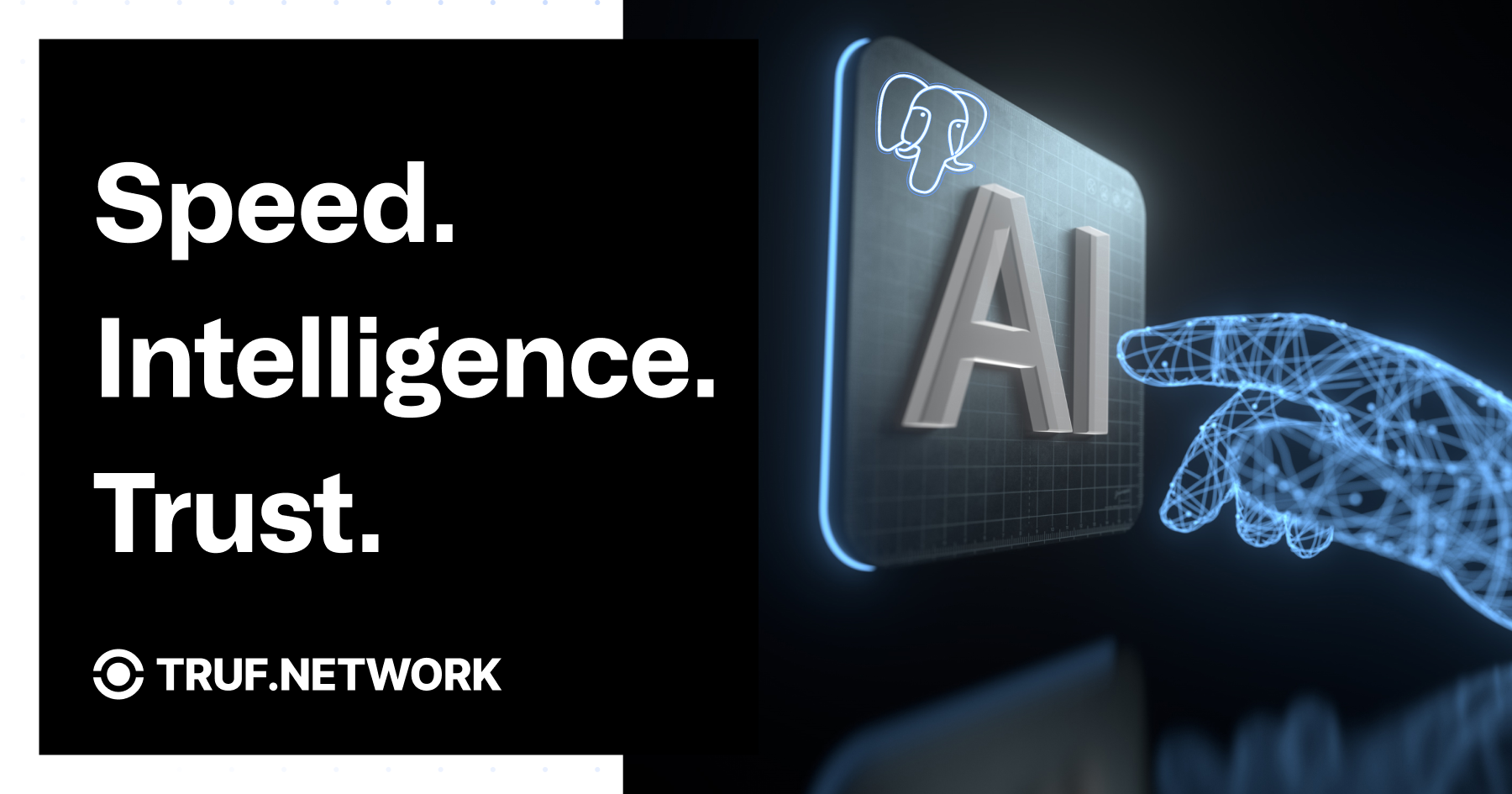PostgreSQL Meets AI: Powering the Next Generation of Financial Intelligence

In today’s data-driven financial landscape, the ability to process, analyze, and act on vast volumes of economic information in real-time has become the difference between making and losing money.
Whether it’s central bank policy shifts, inflation trends, or real-time market sentiment, the speed and accuracy with which data is handled can make or break decisions, especially for institutions, fintechs, traders, and DeFi platforms.
At the heart of this transformation lies a classic yet powerful tool: PostgreSQL.
Far from being just another relational database, PostgreSQL is proving itself to be an ideal foundation for AI-powered financial infrastructure, offering the performance, flexibility, and data integrity that modern economic systems demand.
Why PostgreSQL Is a Hidden Engine in Financial AI
PostgreSQL’s adoption in financial environments isn’t new. Its ACID compliance, strong support for complex queries, and extensibility make it a natural choice for structured data applications, from transaction logs to macroeconomic datasets.
However, the new frontier lies in how PostgreSQL integrates with AI models and machine learning pipelines.
Here’s what sets it apart in AI-powered financial systems:
- Time-Series Extensions (like TimescaleDB): PostgreSQL can be enhanced to store, compress, and analyze time-series data with sub-second granularity, critical for financial indexes, CPI readings, or price tick data.
- JSON and Unstructured Data Support: Financial models now require hybrid data: traditional numbers mixed with unstructured insights (like sentiment or news feeds). PostgreSQL’s JSONB support enables advanced AI pipelines to operate directly on mixed datasets.
- PostgreSQL + Python + AI Libraries: Using tools like PL/Python, you can run models, trigger retraining, or make predictions within the database itself, reducing latency and data duplication.
- Built-in Triggers and Logic: PostgreSQL supports advanced logic and triggers that allow AI systems to act on thresholds, pattern detection, or data anomalies, a huge win for automating economic signal processing.
AI and the New Financial Stack
The application of AI in finance has shifted from trading bots to a broader role: automating the creation of indexes, personalising asset allocations, and forecasting inflation-adjusted returns. With PostgreSQL as the data layer, financial AI agents can be deployed to:
- Detect arbitrage or illiquidity across markets
- Aggregate inflation and employment data to create macroeconomic scores
- Automatically rebalance portfolios based on incoming data
- Provide decentralized audit trails for institutional-grade compliance
This opens the door to a future where economic data isn’t just stored. It’s interpreted, verified, and acted upon in real-time.
The quality and speed at which data moves become the main input for Artificial Intelligence to achieve its objectives within the financial market.
TRUF.NETWORK: AI + Decentralized Economic Intelligence
TRUF.NETWORK is providing a decentralized platform for economic and financial data built on top of scalable infrastructure.
It leverages technologies like PostgreSQL in its backend to ingest over 30 million data points from diverse sources, including consumer price indices, employment figures, and market signals.
What sets it apart is its use of AI and crypto-economic incentives to verify, update, and tokenize this data. Making it usable in real-time by DeFi protocols, fintech apps, and even DAOs.
- AI models ingest raw data, flag inconsistencies, and suggest revisions
- PostgreSQL manages high-integrity data storage with transparent versioning
- Financial indexes like inflation, housing costs, or custom CPI baskets are created, visualized, and published with full traceability
- All this happens within an open infrastructure, governed by token holders and accessible to smart contracts
By combining PostgreSQL’s reliability with AI’s adaptability and crypto’s transparency, TRUF.NETWORK is building what could be described as a global economic data layer for Web3.
